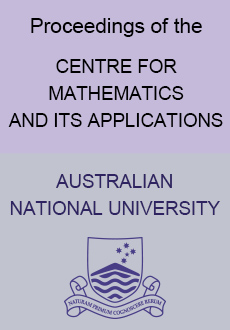Abstract
A smooth object depicted in a monochrome image will often exhibit brightness variation, or shading. Of interest in computer vision is the problem of how object shape may be recovered from such an image. When the imaging conditions are such that an overhead point-source illuminates a smooth Lambertian surface, the problem may be formulated as that of finding a solution to an eikonal equation. This article will focus on the existence and uniqueness of such solutions, reporting recent results obtained. With regard to existence, shading patterns are exhibited for which there is no corresponding object shape. Specifically, a necessary and sufficient condition is presented for a circularly-symmetric eikonal equation to admit exclusively unbounded solutions; additionally, a sufficient condition is given for an eikonal equation to have no solution. In connection with uniqueness, we consider eikonal equations, defined over a disc, such that the Euclidean norm of the gradient of any solution is circularly-symmetric, vanishes exactly at the disc centre, and diverges to infinity as the circumference of the disc is approached. Contrary to earlier expectations in the area, a class of such eikonal equations is shown to possess simultaneously circularly-symmetric and non-circularly-symmetric bounded smooth solutions.
Information


